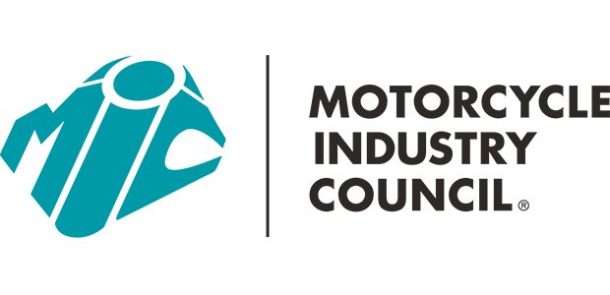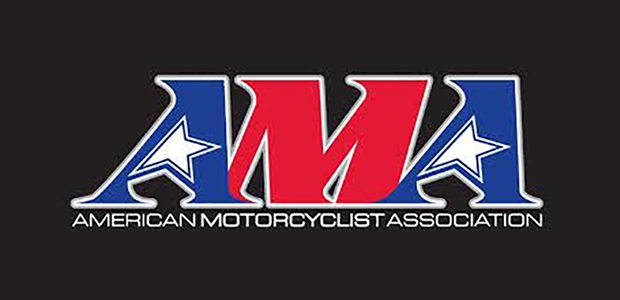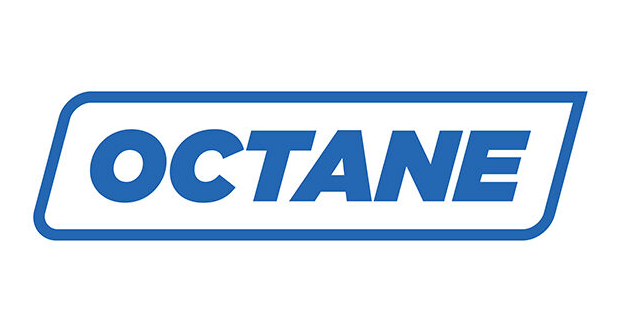FOCUS – Piaggio Expands Leadership in U.S.
Piaggio USA sales through June 2004 accounted for 11.4 million Euro of Piaggio’s 596.6 million Euro in global sales during the period. Those first-half sales were up from 7.5 million Euro for the same period 2003. The company sold 6,600 units in the U.S. during 2003, and forecasts to sell approximately 8,000 units during 2004.
Paolo Timoni, CEO of Piaggio USA and vice president of Global Sales and Marketing for Piaggio & Co. SpA, joined the Piaggio group in May, taking responsibility for the company’s two-wheel business activity worldwide. Piaggio leadership thought positioning him in the important United States market would be especially beneficial. Now, from his office in New York, he works on the company’s business strategy for North America with California-based Piaggio USA President Costantino Sambuy.
“The U.S. market has a very important role in our strategy and plans,” Timoni told Powersports Business. “We have had only a very small subsidiary in the U.S., and so we thought more senior leadership in the market would be a good idea. Costantino and I perform roles typical of a president and CEO — the president is in charge of running the day-to-day operations and I, as CEO, am in charge of strategy, alliances, partnerships and business development.”
One of the first tasks Timoni undertook was moving the entire Piaggio operation in the U.S. back to New York. Although the move still is in process, he expects most operations will be in a single East Coast facility by January.
Piaggio USA retailed through 65 of its specialty boutiques at the end of September 2003. One year later, the company claims 70 boutiques and has started supplying Vespa dealers with Piaggio branded product.
“This is one of the areas where we may be lagging,” Timoni said, referring to the boutique initiative. “With the current (retail) structure, clearly we cannot cover the market as well as we could. One of the priorities we have is to improve the situation.
“We are looking at expansion of Vespa boutiques. The Boutique idea, when it was born, was a monolithic concept — only had one format — and that probably was appropriate for the first few stores … in select major cities. As we move forward, we will probably be looking at secondary locations, or more flexibility in the format.
“But we do like the idea of having a retail outlet dedicated to our brand, and we like the idea of having a point of sale that will offer a better experience to potential customers, a place they can find the scooters and many other things that may be of interest to them like accessories or lifestyle products.”
Piaggio USA offers consumers the 50cc, two-stroke Vespa ET2 (MSRP $2999); 150cc, four-stroke Vespa ET4 ($3999); 50cc, two-stroke Piaggio LT50 ($2199); 150cc, four-stroke LT150 ($3399); 200cc, four-stroke BV200 ($4299), and most recently introduced the 500cc X9 ($5,999). Timoni said the market trend, even in Europe, appears headed for larger scooter units.
“And, in the United States, we believe the major market share will be above 50cc. Anyone with a need for a longer-range commuter will surely decide on a unit larger than 50cc,” he said.
However, Piaggio isn’t ignoring 50cc riders. On the contrary, the company has plans to introduce a sporty 50cc model, the Typhoon, which Timoni said will be targeted at a younger buyer.
Asked about the market influence from low-cost imports, Timoni said many Asian importers are able to market machines at 10% to 20% below Piaggio product. However, he says he feels the design, construction and functionality of Piaggio product “is good enough to justify the price differentiation.”
“I don’t think the barrier to the U.S. scooter market is price. Scooters have never been a real part of the culture in the U.S., so I think it has more to do with usage issues,” he said.
FUTURE
The number of brands that will be managed by the Piaggio group is likely to soon expand through the acquisition of Aprilia. Timoni said the company already is planning for the integration.
Asked whether Piaggio USA would take over Aprilia and Moto Guzzi distribution in this country, he responded: “It could happen. Clearly, there are synergies in that the bikes may cover different segments. If our dealers would be interested, it could become a market reality.”
Timoni said he believes the boutique concept would still be viable, although he said it would need to be “reworked and articulated a bit.”
“As of today, we are supplying all of our Vespa boutiques with the Piaggio line, and we have perhaps five dealers only dealing with Piaggio product,” he said. “However, we feel it may make the most sense for dealers to deal in all of the brands that we make available.”




